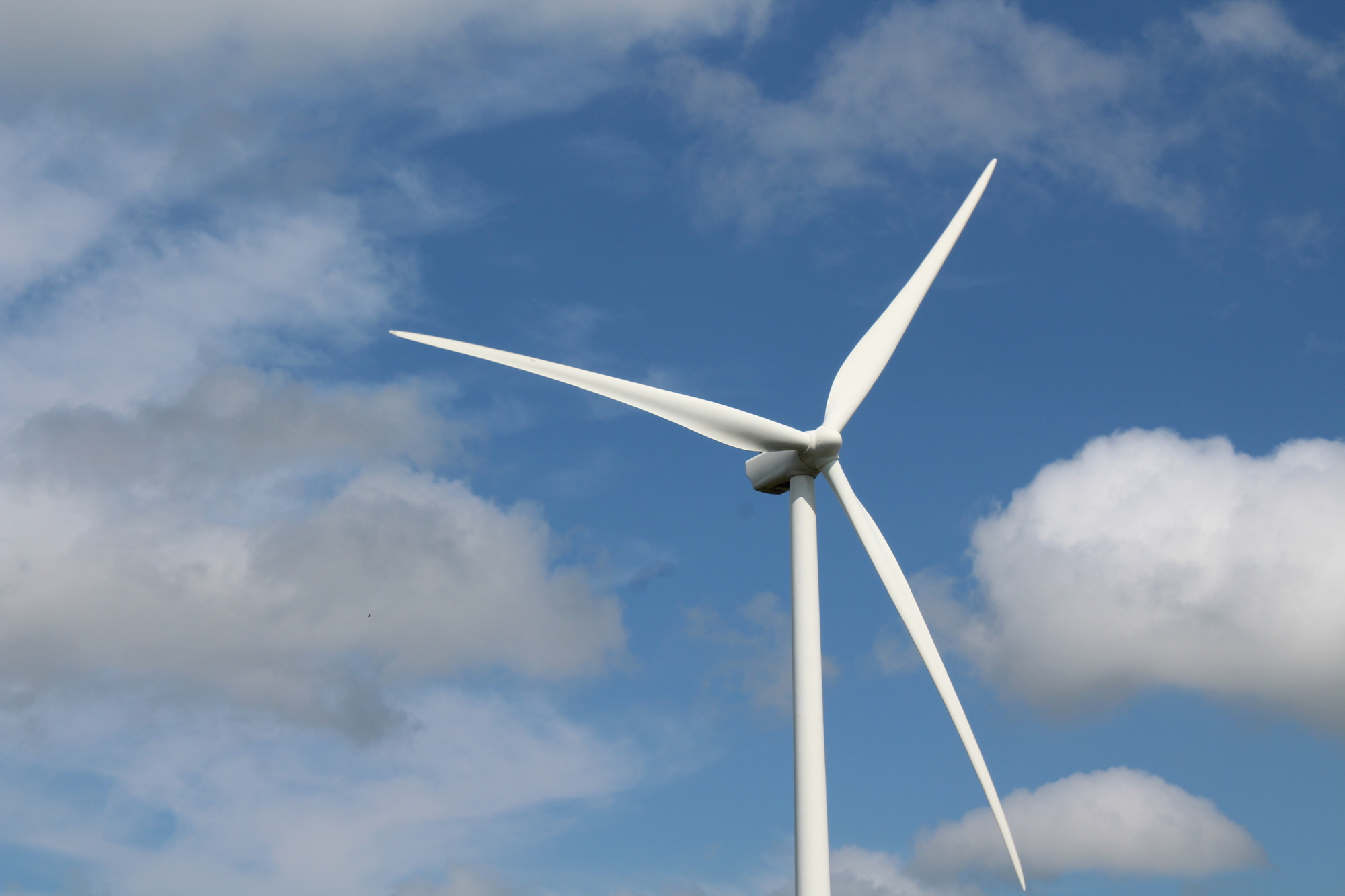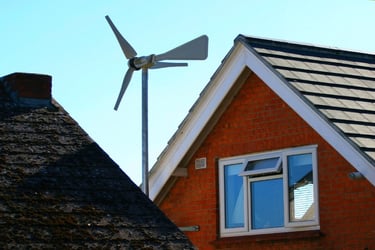
GE’s answer here – building blades onsite by wrapping very strong architectural fabric around a metal space frame – could generate more power from slower wind speeds and yield much bigger blades. One approach is to make the bigger blades lighter to lessen aerodynamic and gravity loads on the other turbine components, like the drivetrain, and lessen materials costs. “But how do we get the weight reduced and advance turbine performance?” “You need to ramp up the size of these turbines,” said John Larson, Director at Dominion Resources, an advisor on the Sandia initiative. The challenge is making larger and taller – but not heavier or costlier – turbines that are no less effective and can withstand the wind stresses that longer blades would encounter. In low winds, the blades fan out for maximum wind energy. In high winds, the SUMR blades are stowed and align with the wind direction so they are less vulnerable to cantilever force damage. This reduces blade stress, so there’s less mass required to stiffen them. The light, segmented blades bend in the wind without losing stiffness.

The machine at ORNL that will 3D print molds to be used for The project, led by Sandia National Laboratories, uses Segmented Ultralight Morphing Rotor (SUMR) technology in an aerodynamically-sophisticated load alignment that could substantially reduce peak stress and fatigue on rotor blades and make such a gigantic turbine structurally and economically feasible. That’s 2.5X longer and over 6X more output than the largest blades and turbines now in operation. The advantages of a maglev wind power plant over a traditional wind farm are significant.Perhaps the most ambitious R&D is seeking to create a rotor blade longer than 650 feet for a 50-MW offshore wind turbine. Working with a tentative technology partner, NuEnergy may offer Maglev Power Plants in sizes from 10MW to 1 GW. NuEnergy is developing small 2.5kW to 50kW maglev wind turbines for local disbursed power generation some units will be capable of roof mounting. The spinning turbine “floats” on a magnetic cushion, just as the high-speed train “floats” above the railroad tracks.Ĭonfigured to capture winds from any direction, the Maglev converts wind to energy at very high efficiencies. The Maglev uses a magnetically levitated low-RPM high-torque power output turbine. Maglev is not new technology it is the basis of the high-speed “Maglev” trains operating in Europe and Asia. Maglev is short for “magnetically levitated”, meaning the design incorporates magnets to “float” or suspend system components. The Maglev Vertical Wind Turbine addresses these problems and provides a more efficient, versatile and elegant method of producing power from wind.

If a sailing ship was redesigned to replace the sails and rigging with a propeller attached to the mast, it would never generate enough power to leave the dock. They do not turn in low winds and often need to be slowed or stopped in high winds. HAWT based wind farms are expensive to install, operate and maintain, noisy, inefficient in the conversion of wind to energy and pose dangers to the environment, especially birds. A traditional wind farm consisting of hundreds of spinning propellers on top of tall poles often creates more problems than energy. NuEnergy Technologies offers a range of sophisticated 21st century wind turbines designed to capture the wind and more efficiently generate power.Ĭonventional horizontal-axis wind turbines (HAWT) are based upon 16th century Dutch science the common three-bladed HAWT converts less than 1 percent of the available wind.


 0 kommentar(er)
0 kommentar(er)
